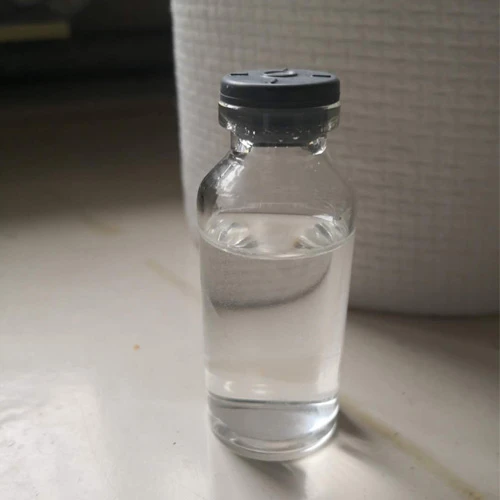The Importance of Understanding Drinking Water Chemicals
Access to clean and safe drinking water is a fundamental necessity for human health. However, the presence of various chemicals in drinking water can pose significant health risks. Understanding these chemicals, their sources, and their effects is crucial for ensuring water quality and safety.
Common Chemicals in Drinking Water
Drinking water can contain a range of naturally occurring and man-made chemicals. Some of the most common chemicals found in water include chlorine, lead, nitrates, fluoride, and microbiological contaminants.
1. Chlorine This is one of the most widely used disinfectants in municipal water supplies. While chlorine effectively kills harmful bacteria and pathogens, it can react with organic matter in the water to form disinfection byproducts, some of which may be harmful to health.
2. Lead Lead can leach into drinking water from old plumbing systems and lead-containing fixtures. Exposure to lead can result in serious health issues, particularly in children, including developmental delays and cognitive impairments.
3. Nitrates Nitrates, often from agricultural runoff, can contaminate drinking water sources. High levels of nitrates can lead to methemoglobinemia, or blue baby syndrome, which affects the ability of an infant's blood to carry oxygen.
4. Fluoride While fluoride is often added to drinking water to prevent tooth decay, excessive consumption can lead to dental fluorosis and other health issues. Balancing fluoride levels is critical for maintaining dental health without causing adverse effects.
5. Microbiological Contaminants Bacteria, viruses, and protozoa can enter drinking water supplies from a variety of sources, including sewage, agricultural runoff, and animal waste. Contaminated water can lead to outbreaks of waterborne diseases, such as cholera and giardiasis.
drinking water chemicals

Sources of Contamination
The sources of these chemicals can be both natural and anthropogenic. Natural sources may include geological formations that leach minerals into groundwater, while human activities such as agriculture, industrial processes, and urban development can contribute significantly to water contamination.
Agricultural practices, specifically the use of fertilizers and pesticides, are a major source of nitrates and other chemicals. Industrial discharges and untreated sewage can introduce a host of harmful substances into water bodies, underscoring the need for stringent regulations and monitoring.
Health Implications
The health implications of consuming contaminated drinking water can be severe. Long-term exposure to chemicals like lead, for instance, can result in irreversible damage to the nervous system. Nitrate contamination poses particular risks to infants, while disinfection byproducts like trihalomethanes have been linked to cancer risks.
Public health organizations continuously monitor and set limits for various contaminants in drinking water. For example, the Environmental Protection Agency (EPA) in the United States enforces regulations to ensure that water suppliers adhere to safe levels of chemicals to protect public health.
Conclusion
Understanding the chemicals that may be present in drinking water is vital for safeguarding public health. Individuals can take proactive steps to ensure the safety of their water supply through water testing and filtration systems. Additionally, raising community awareness about the sources and effects of these chemicals can promote advocacy for cleaner water practices and regulations.
In the era of increased environmental awareness, addressing the chemicals in drinking water is not just a public health issue but a matter of environmental justice. All communities deserve access to clean, safe drinking water, free from harmful contaminants. Continued research, public education, and regulatory oversight are essential in achieving this fundamental human right.

